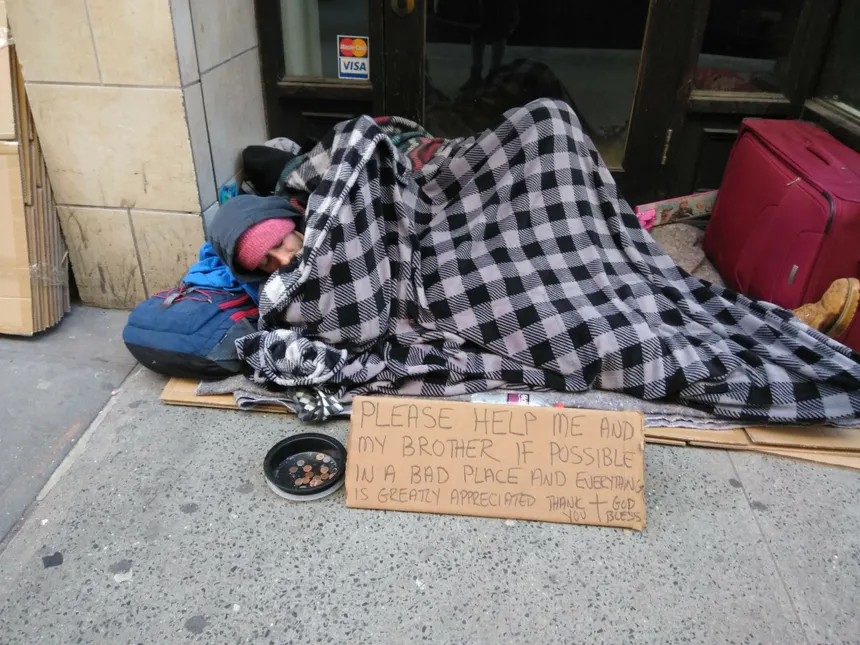A Major Win for Affordable Housing
Affordable housing has long been a pressing issue, but a new wave of bipartisan support is bringing hope to millions. Both Democratic and Republican leaders are backing initiatives that aim to provide cost-effective housing solutions, making homeownership and rentals more accessible to low- and middle-income families.

Why Affordable Housing Matters
- The rising cost of housing has put a financial strain on families.
- Millions struggle with high rents and mortgage payments.
- Affordable housing leads to economic stability and better living conditions.
- It reduces homelessness and supports community development.
Bipartisan Support: A Rare Political Agreement
What’s Driving the Political Unity?
Despite differences, both parties recognize that the housing crisis affects all Americans. Several factors have led to bipartisan agreement:
- Economic Benefits: Affordable housing boosts job growth in construction and real estate.
- Public Demand: Voters from all backgrounds are pushing for housing reforms.
- Urban & Rural Impact: The crisis isn’t limited to cities—rural areas are also struggling.
- Government Funding: Both state and federal governments are allocating budgets for housing solutions.

Major Political Figures Supporting These Efforts
- President and key congressional leaders advocate for housing reforms.
- State governors from both parties are backing initiatives.
- Local officials push for zoning and policy changes.
Key Affordable Housing Initiatives in 2025
1. Expansion of Housing Vouchers
- Helps low-income families afford rent.
- More funding allocated to Section 8 housing programs.
- Increased participation from private landlords.
2. Incentives for Developers
- Tax breaks for builders who create low-cost housing.
- Easier permits and reduced zoning restrictions.
- Encouragement of mixed-income housing developments.
3. First-Time Homebuyer Assistance
- Low-interest loans for new homebuyers.
- Grants to help with down payments and closing costs.
- Special programs for veterans and essential workers.
4. Rent Control Policies
- Limits on how much landlords can increase rent annually.
- Protection from unjust evictions.
- Laws to prevent excessive security deposits and fees.

5. Revitalization of Abandoned Properties
- Turning vacant buildings into affordable housing.
- Grants for homeowners to renovate older homes.
- Encouraging community-led development projects.
Economic and Social Impact of Affordable Housing
Boosting Local Economies
- Creates jobs in construction, real estate, and services.
- Increases consumer spending in communities.
- Reduces the financial burden on government assistance programs.
Improving Quality of Life
- Families can spend more on healthcare, education, and essentials.
- Less stress and better mental health due to stable living conditions.
- Stronger communities with diverse income groups.
Challenges and Criticism
Funding Issues
- Some lawmakers worry about the long-term cost of these programs.
- Debate over federal vs. state funding responsibilities.
Opposition from Landlords & Developers
- Concerns over profit margins and rent control restrictions.
- Developers argue against strict zoning laws.
Balancing Growth and Affordability
- Ensuring affordable housing does not lead to overcrowding.
- Preventing negative impacts on existing property values.

Future of Affordable Housing: What’s Next?
- More investment in public-private partnerships.
- Continued policy adjustments to address evolving needs.
- Expansion of programs to reach more Americans.
- Use of innovative building techniques like modular homes.
Expanding Solutions: More Ways to Tackle Housing Issues
6. Community Land Trusts (CLTs)
- Nonprofits acquire land to develop affordable housing.
- Residents can lease homes at reduced prices while the trust retains ownership of the land.
- Helps prevent property speculation and long-term affordability.
7. Tiny Home and Micro-Apartment Initiatives
- Cities encourage smaller, more affordable housing units.
- Prefabricated housing models cut construction costs.
- Ideal for single occupants and low-income individuals.
8. Green and Energy-Efficient Housing
- Solar panels and energy-efficient appliances reduce utility bills.
- Government grants help homeowners retrofit their homes with sustainable upgrades.
- Sustainable housing lowers maintenance costs in the long run.
9. Workforce Housing Programs
- Targeted for middle-income earners like teachers, nurses, and first responders.
- Reduces commuting costs by providing housing near workplaces.
- Helps retain essential workers in high-cost areas.
10. Strengthening Rent-to-Own Programs
- Allows renters to gradually purchase homes over time.
- Helps individuals with lower credit scores enter homeownership.
- Government-backed programs reduce financial risks for buyers.
Call for Continued Action
While current initiatives are promising, continued political and community support is crucial for long-term success. Policymakers, developers, and residents must collaborate to ensure affordable housing solutions remain sustainable and accessible. Investing in diverse housing strategies can lead to stronger communities, economic stability, and improved quality of life for millions of Americans.
Conclusion: A Step in the Right Direction
The growing bipartisan support for affordable housing is a promising development. While challenges remain, these new policies and initiatives could significantly ease the housing burden for millions of Americans. With continued efforts, the dream of affordable, stable housing may soon become a reality for many.
The Gig Economy at a Crossroads: What’s Next for Workers’ Rights?






